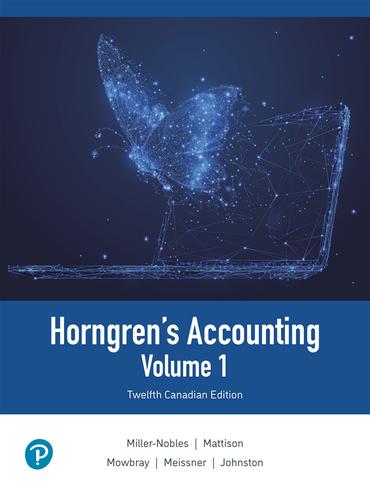Question
1. The Kenton Company processes unprocessed milk to produce two products, Butter Cream and Condensed Milk. The following information was collected for the month of
1. The Kenton Company processes unprocessed milk to produce two products, Butter Cream and Condensed Milk. The following information was collected for the month of June:
Direct Materials processed: 24,500 gallons (after shrinkage)
| Production: | Butter Cream | 12,000 | gallons |
|
| Condensed Milk | 12,500 | gallons |
| Sales: | Butter Cream | 11,500 | gallons |
|
| Condensed Milk | 12,000 | gallons |
| Sales Price: | Butter Cream | $3.50 | per gallon |
|
| Condensed Milk | $7.50 | per gallon |
| Separable costs in total: | Butter Cream | $14,000 |
|
|
| Condensed Milk | $34,700 |
|
The cost of purchasing the of unprocessed milk and processing it up to the split-off point to yield a total of 24,500 gallons of saleable product was $55,000.
The company uses constant gross-margin percentage NRV method to allocate the joint costs of production. What is the constant gross-margin percent for Kenton?
Select one:
a. 64.1%
b. 20.4%
c. 23.6%
d. 62.6%
2. The challenge of a production facility that is producing several products from is how to allocate the joint costs that are incurred ________.
Select one:
a. before the split-off point
b. after the split-off point
c. at the split-off point
d. at the end of production
3. Which of the following formulas would calculate the net realizable value of a product?
Select one:
a. sales value at the split-off point less cost to produce up to the split-off point
b. sales value x constant gross-margin
c. final sales value minus cost of goods sold
d. final sales value minus separable costs
4. Which of the following best describes how the constant gross-margin percentage NRV method allocates joint costs?
Select one:
a. a gross margin is calculated and for each product and then the gross margin is deducted along with separable costs from the final sales value of a product to derive the joint cost allocation for a product
b. an overall gross margin is calculated and for each product and then the gross margin is deducted along with separable costs from the final sales value of a all the products produced in the joint processing and the allocations are then made based on physical volume measures
c. an overall gross margin is calculated and for each product the gross margin is deducted along with separable costs from the final sales value of a product to derive the joint cost allocation for the product
d. a gross margin is calculated and for each product and then gross margin is deducted along from the final sales value of a product to derive the joint cost allocation for a product.
Step by Step Solution
There are 3 Steps involved in it
Step: 1

Get Instant Access to Expert-Tailored Solutions
See step-by-step solutions with expert insights and AI powered tools for academic success
Step: 2

Step: 3

Ace Your Homework with AI
Get the answers you need in no time with our AI-driven, step-by-step assistance
Get Started


